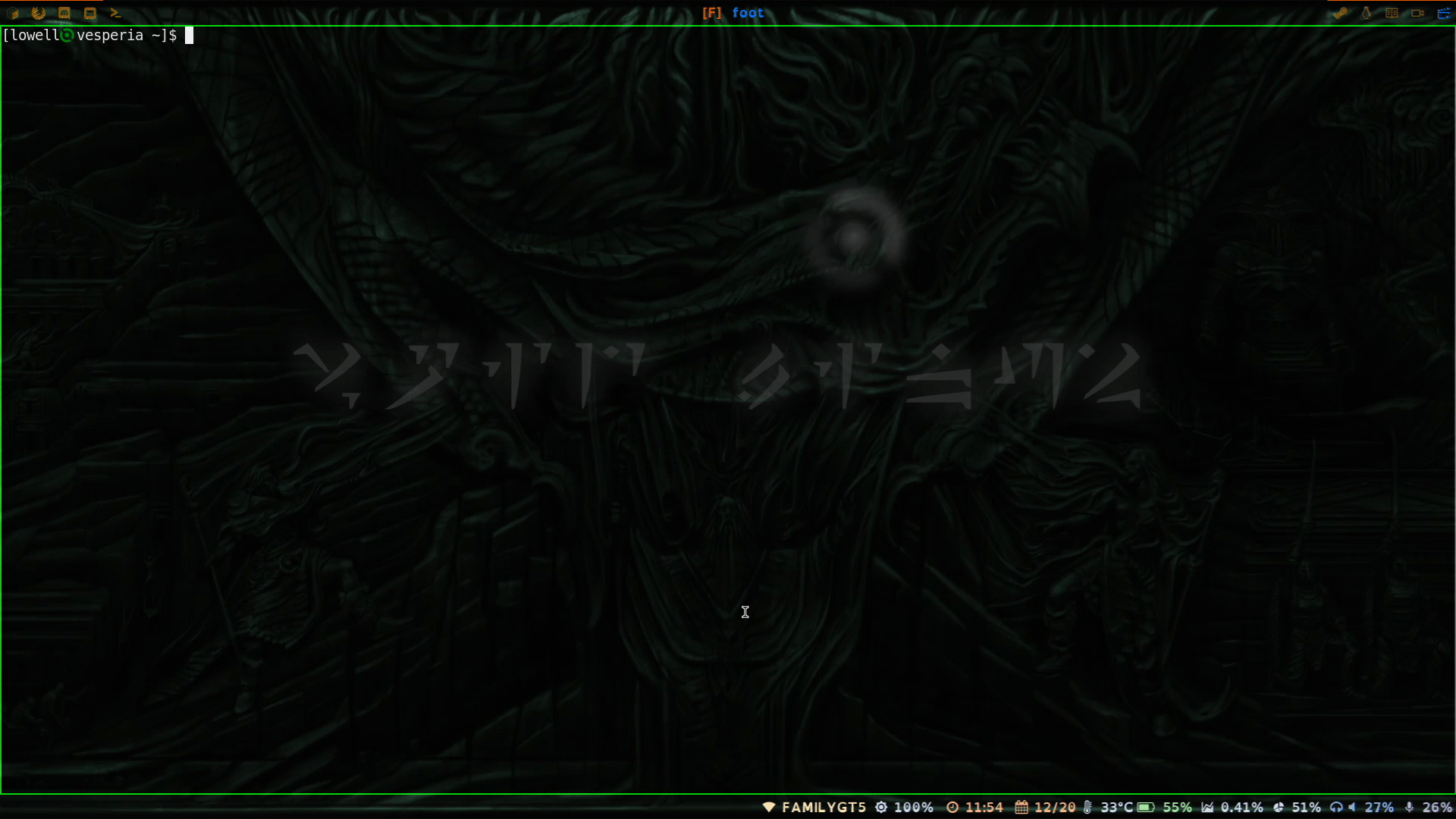xev/wev
Sometimes when setting up a keyboard shortcut or in some application finding the correct keycodes is important. xev can *print X events. Equivalently for wayland there is wev to show wayland events.
wev
This will open a checkerboarded window where you can interact and test input. A previous usecase of mine has been when setting up keybindings for dwl, a wlr-roots based wayland compositor that forks off dwm, a suckless window manager.
It also reads the placement of the mouse on the screen whenever it is moved, making it for a useful way to read location of the mouse through where monitors are placed relative to each other, though xrandr or wlr-randr is probably more suitable for that.
How it looks like:

Now dwl/dwm (a window manager) has the option to add a keybindings but one must edit the source code. A lot of the keys are reffered to as XKB_KEY_<KEY-HERE>. Some of these are straightforward, like XKB_KEY_a for lowercase a or XKB_KEY_A for upper case A. But some were trickier like the ^ symbol:
wev
...
[14: wl_keyboard] key: serial: 44043; time: 18982926; key: 15; state: 0 (released)
sym: asciicircum (94), utf8: ''
With wev I was able to see the key I wanted was asciicircum, and I edited my own config to have XKB_asciicircum do whatever I wished it to do. Overall, it’s just a good tool to keep in mind.